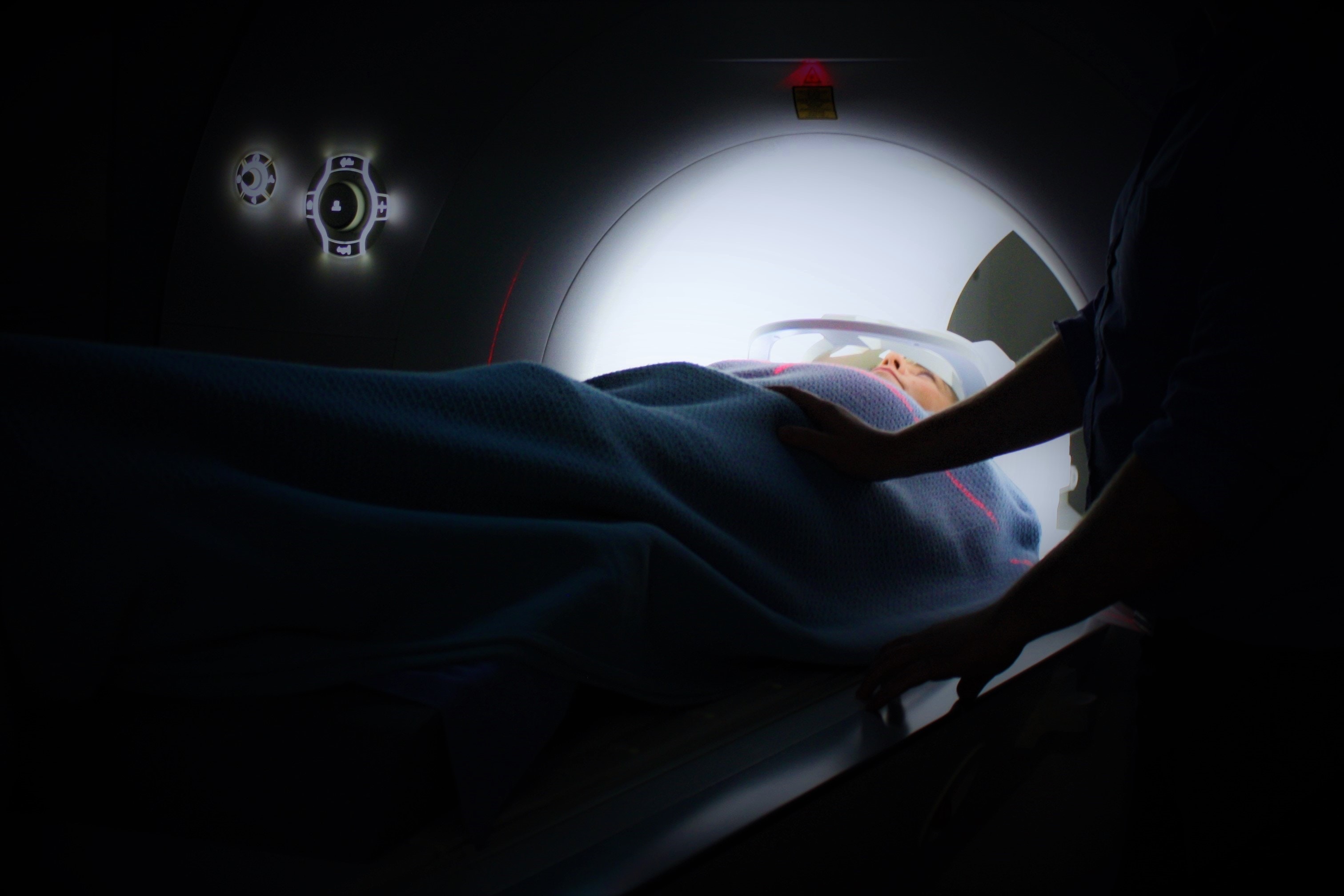Today’s poor compliance with new regulations
Monitoring radiation doses from medical imaging exams is today a smoking hot topic for many radiology departments. For example, new regulations are introduced in the EU enforcing healthcare providers to better keep track of, report and optimize radiation doses given to patients. The main goal is to govern patient safety while maintaining clinical value.
Despite law enforcements, many healthcare organizations are still not in control of complying to regulations, which in worst case can lead to patients being hurt. There have been several sad examples that have led to patient damage that could have been prevented if a proper system to support medical physicists, radiologists and technicians was in place.
This text is a quick guide what to look for, when selecting a dose monitoring system.
New regulations are embarking
One example is the Euratom 2013/59 (1) which already in February 2018 started to enforce radiology departments to use stricter methods in justification, patient information, responsibilities and dose reporting.
The European directive should be seen as the lowest level of requirements, which then is translated by national radiation safety agencies into stricter versions. During 2019 and 2020 the national translations of this directive will continue to increase demands on radiology departments.
To comply to the new regulations, radiology departments need to have a dose monitoring software in place. The long time with manual dose reporting is no longer sufficient.
By talking to physicists and radiologists the past few years, I have identified a few key elements that shouldn’t be missed when selecting such solution.
Key functionality in a nut shell
1. Powerful analytics and reporting
Data is useless unless it is not presented in a meaningful way. The dose monitoring software should be able to create a holistic overview to detect deviations and perform comparisons of DRL:s over time between different protocols and imaging modalities, as one example.
At the same time it should provide the physicist with the possibility to drill down to a very detailed level when such deviation has been found for further investigation. A high flexibility and ease of use to go from a broad trend-overview level down to the deepest detailed level is absolutely key for efficient dose management. All vendors will say they comply with this requirement, but to truly find out, you should ask for a proper live demonstration and try it yourself.
The new regulations require more comprehensive reporting to radiation agencies. The previous reporting procedures handled by spreadsheets and manual work will no longer be adequate. Hence, must be able to automatically generate and send reports.
2. Integration with PACS
To be honest, a stand-alone dose monitoring system that only the medical physicists have access to will not change the way radiologists and technicians work sufficiently.
For an efficient and ongoing dose optimization to take place there must be a tight integration with the department’s PACS, allowing the physicist to have a direct dialogue with the radiologist to optimize the dose-image quality relationship.
The integration will also play a key role to comply with regulations since many countries now demand the dose to be included into the report.
3. Select a future proof vendor that makes you a “family member”
It is difficult to know in advance to know how the new regulations will affect your department and how the system should support the new procedures. Hence, it is key that the software could adopt to needs over time.
You should choose a vendor with a proven track record of delivering new functionality over time and bringing continuous improvements in a predictable and regular pace. This will indicate that the vendor has enough development capacity to keep up with the market demands and evolving customer needs. Also, that it has reached a large global customer base that makes it possible to sustain its business and operations. Something that will be key in the mid- to long-term, to avoid ending up being stuck on a dead branch.
Choose a vendor that listens and has a track record of taking users’ requests into action. A good question to ask is if they provide user portals and forums for discussions to guide future development.
4. Neutrality is key, don’t be locked in
Historically it has always been more beneficial to select a PACS system that is neutral to which modalities that are connected to it. It allows for choosing the best of breeds of modalities which means a lower cost over time. The past five years’ experience says this is also the case with dose monitoring systems. You should make sure that the software supports the most common brands of modalities.
The system should also support standardized communication protocols to transfer dose information from modalities to the system, such as DICOM RDSR. And maybe more important – make sure that the vendor utilize “a company specific interpretation” of those standards. Talk to other users to find out.
Final words
To be honest, there isn’t a perfect system out there yet, so some hard work will be necessary regardless of which system you choose. However, by following these basic tips you will probably find a good dose monitoring system that facilitate your daily work, follow the new regulations, minimize the risk of patient damage and not ending up with a system being stuck on a dead branch.
References and inspiration
- https://www.ncbi.nlm.nih.gov/pmc/articles/PMC4519811/
- https://www.washingtonpost.com/national/health-science/should-i-worry-about-radiation-exposure-from-x-rays-mammograms-and-other-scans/2018/09/28/cf17ea26-b536-11e8-a2c5-3187f427e253_story.html?noredirect=on&utm_term=.d69c9a542856
This article was originally published on LinkedIn: 4 tips for selecting a dose monitoring solution that got your back

